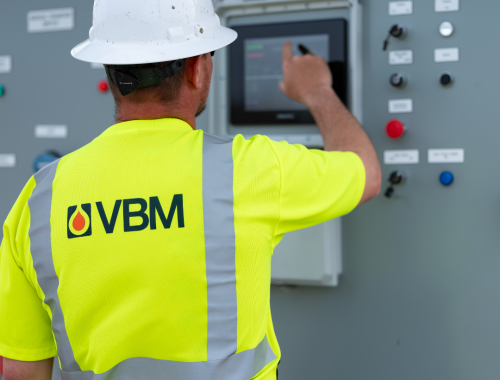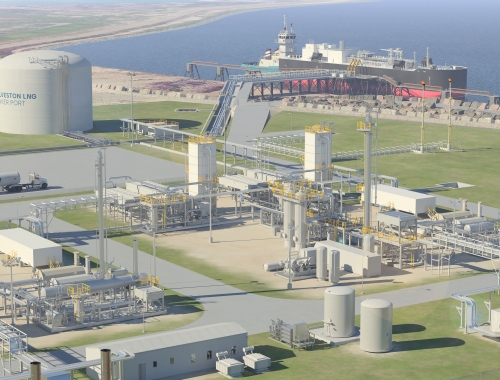ExxonMobil commits to Permian net zero by 2030
SUMMARY
Its plans align with global methane reduction efforts
By Dale LunanUS supermajor ExxonMobil said December 6 it would achieve net zero greenhouse gas (GHG) emissions from its operated assets in the Permian basin by 2030, accelerating its plans for emission reductions in New Mexico and Texas and aligning with the Global Methane Pledge announced by the US and EU at last month’s COP26 summit.
The announcement came as media reports said the US House Science Committee had sent a letter to 10 major US oil companies, including ExxonMobil, telling them to do more to disclose and stop methane leaks in the Permian.
ExxonMobil’s efforts to reduce GHG emissions will include electrifying its operations, continuing to invest in methane mitigation and detection technology, eliminating routine flaring, upgrading equipment and employing emissions offset technologies, which it said “may include nature-based solutions.
Electrification initiatives, it said, would include low-carbon power, “which may include wind, solar, hydrogen, natural gas with carbon capture and storage, or other emerging technologies.” It will also expand its methane detection programmes, utilising satellite surveillance and a network of ground-based sensors for continuous monitoring and aerial flyovers that identify leaks for rapid repairs.
“We have plans to reduce greenhouse gas emissions intensity across our businesses by deploying the capabilities and technical strengths that are foundational to ExxonMobil,” CEO Darren Woods said.
Representative Eddie Bernice Johnson, a Texas Democrat who chairs the House Committee on Science, Space and Technology, said the letter expressed the committee’s concerns that leak detection and repair programmes currently being employed by major producers are insufficient. She demanded the companies disclose more information about their leaks and how they found them.
“I am concerned that oil and gas sector Leak Detection and Repair (LDAR) programmes may not be designed and equipped to comprehensively monitor and detect methane leaks, particularly the intermittent, ‘super-emitting’ leaks that are responsible for much of the sector’s leak emissions,” Johnson wrote, according to a report from Bloomberg.
By the end of this year, ExxonMobil said, it anticipates it will have reduced flaring across its Permian basin operations by more than 75% compared to 2019, and it says it will eliminate all its routine flaring in the basin by the end of 2022, in support of the World Bank’s zero routine flaring initiative.
“Our goal of net zero for Scope 1 and Scope 2 greenhouse gas emissions is one of the most ambitious and wide-reaching in the Permian basin,” said Bart Cahir, senior vice president of unconventional at ExxonMobil. “Throughout the value chain, our people are working hard to help reduce the greenhouse gas emissions associated with the products that enable modern life.”
To validate its emissions-reduction efforts, ExxonMobil is working with independent validator MiQ on a pilot programme at its Poker Lake facilities in New Mexico. Pending the outcome of the pilot, the certification process could be expanded to other production areas.








